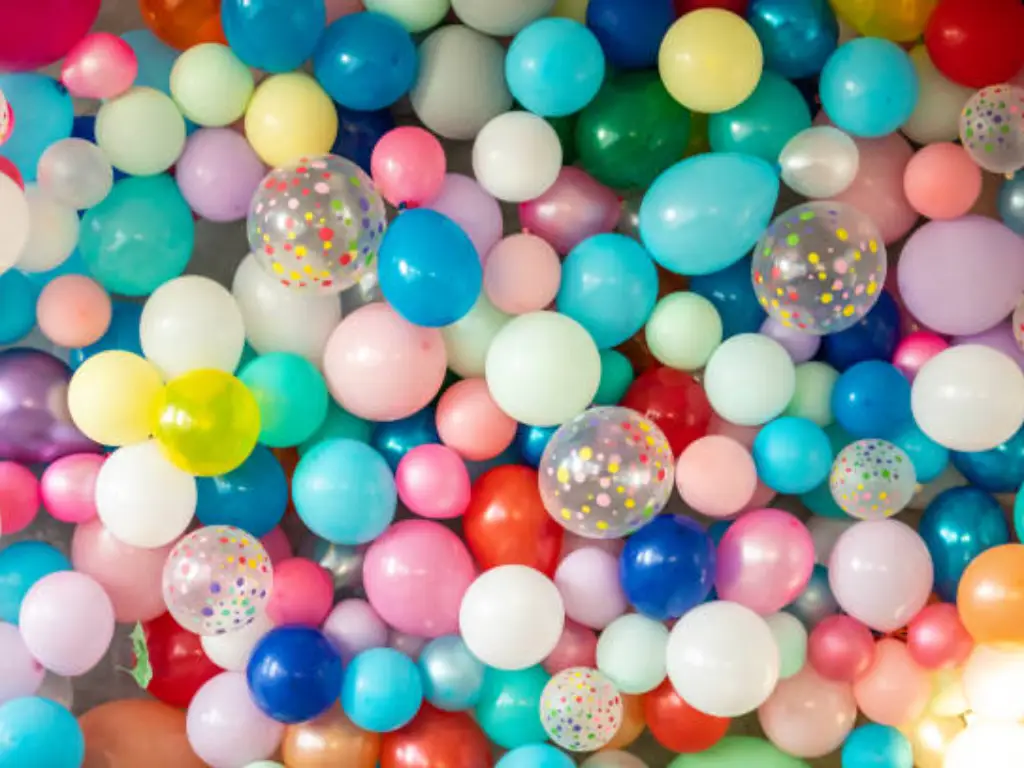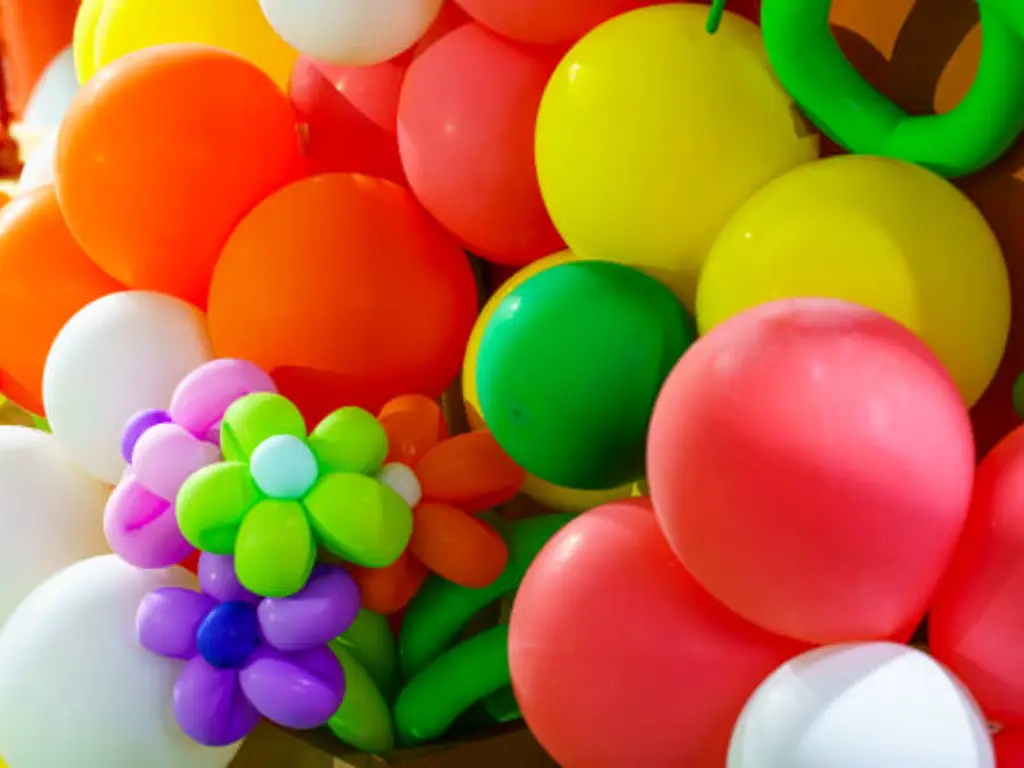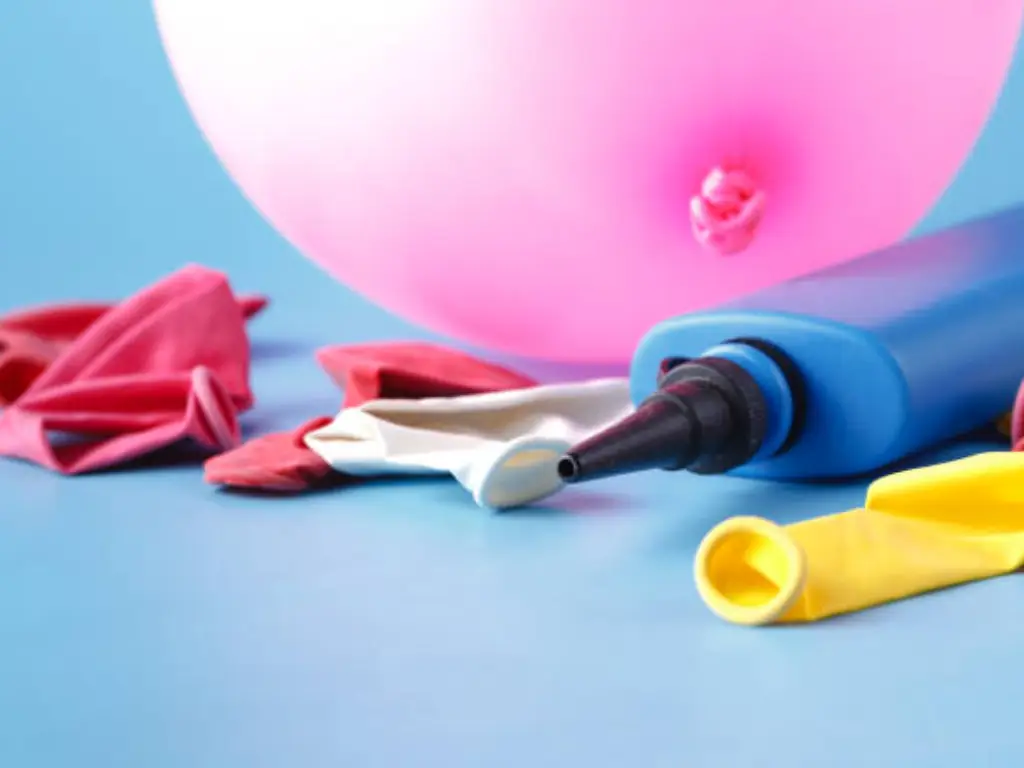Introduction to Helium Balloons
Ah, helium balloons. I remember back in the day, attending parties and celebrations where helium balloons danced in the air, just like the twinkling stars in a night sky. Oh, how our eyes would sparkle seeing them!
The joy of floating balloons and what situations would be used
I’d be the first to admit that there’s a certain magic to seeing balloons floating, whether it’s at a baby shower, a birthday party, or even just because. They’re like those larger balloons we see at parades or at special events, only smaller and more intimate. These floating wonders have a way of filling rooms with laughter and warmth. I recall attending a birthday party for a friend’s daughter where the venue was adorned with mylar balloons, number balloons, and even those delightful confetti balloons. The kids were in awe, and honestly, so were we adults.
Why understanding balloon longevity is important
Picture this: you’re organizing a party, and the decorations are paramount. Imagine the disappointment if your helium balloon decorations drooped midway through the event? Such a sight would surely deflate the spirits of your guests. Therefore, understanding “how long do helium balloons last” becomes crucial.

The Science Behind Helium Balloons
When we dive deeper, past the fun fact and joyous emotions, there’s a fascinating world of science behind these floating marvels.
What is helium and why is it used?
Helium, dear reader, is a noble gas, light and non-flammable. It’s what gives our beloved latex and foil balloons the ability to float, like dreams ascending into the sky. But how long does helium last in balloons? Ah, now that’s an intricate dance of science.
Diffusion: The reason balloons deflate
You see, no matter how perfect our helium balloons may seem, they do have tiny pores. Helium molecules, mischievous as they are, find their way out through these pores, causing the inflated balloon to slowly deflate. The latex balloon, being all natural, has more pores than its foil counterparts, making it a bit more prone to helium leaks.
Latex vs. Foil: A Comparative Analysis
In the world of helium balloons, two champions stand out: Latex and Foil. Each has its unique charm and characteristics. But when it comes to their lifespan in the air, which one truly reigns supreme? Let’s delve into the specifics.
How Long Do Latex Helium Balloons Last?
Latex, a natural, stretchy material, is the traditional choice for party decorations. Its elasticity allows it to expand, accommodating the helium within. However, its lifespan in the air is influenced by a number of factors.
For instance, room temperature plays a pivotal role. A latex balloon at room temperature can float for about 8-12 hours. But if it’s left in a hot car, the helium expands rapidly, and the balloon might droop or even burst much sooner. The material of the balloon, being natural, has pores, which means helium can slowly escape, affecting its float time.
| Balloon Size (Latex) | Average Float Time |
| 9-inch | 6-8 hours |
| 11-inch | 12-15 hours |
| 14-inch | 20-24 hours |
How Long Do Foil Helium Balloons Last?
On the other hand, we have the foil or mylar balloon. With its shiny sheen, it’s not just a treat for the eyes but also has a longer float time. The reason? Its material has fewer pores compared to latex, ensuring minimal helium leaks.
However, while they might float longer, it’s essential to keep them away from small children. Their reflective sheen can be enticing, but if mishandled, they can pose risks.
| Balloon Size (Foil) | Average Float Time |
| 18-inch | 3-5 days |
| 20-inch | 5-7 days |
| 36-inch | 1-2 weeks |
While latex balloons offer a classic look and feel for party decorations, their foil counterparts promise longevity. The choice between them often boils down to the occasion’s needs and the ambiance one wishes to create.
Perfect Scenes for Latex and Foil Balloons
Now, imagine you’re throwing a daytime garden party. The sun’s out, and you have these colorful latex balloons bobbing in the breeze. They’re perfect because they’re biodegradable and won’t harm Mother Nature. Or picture a wedding reception in a grand hall. Here, foil balloons add that extra sparkle, reflecting the lights and the joy in the room.
On the flip side, if you’re planning a baby shower, the soft, pastel shades of latex balloons would add a cozy, warm touch to your intimate gathering. And don’t forget those milestone celebrations, like a big ’50’ birthday bash! Foil balloons, with their sheen and shape, make a bold statement, marking the occasion with unforgettable flair.

Helium Balloon Longevity: A Dive into Influential Factors
Helium balloons, a celebration staple, have varying float times, depending on certain conditions. Let’s delve into three primary factors that influence their longevity.
The Surprising Role of Balloon Size
It’s an intuitive assumption: bigger balloons, holding more helium, would have a shorter float time, right? Surprisingly, the opposite is often true. Larger balloons can outlast their smaller counterparts. How is this possible? It’s all about the space for the helium gas inside of the balloon. In a larger space, helium has room to roam. This added movement gives the gas longer before the balloon starts to droop. For instance, a 12-inch balloon might float for about 12-20 hours, while a 14-inch one might last for up to 24 hours.
The Dance Between Helium Balloons and Temperature
Weather conditions are like the unpredictable wildcard in the helium balloon longevity equation. On a blistering summer day, the helium inside balloons expands. This can stretch the balloon to its limits, sometimes causing it to burst. In contrast, on a chilly winter day, cold temperatures make helium contract, leading to a saggy balloon. Picture this: A helium balloon floating high at a park on a sunny 85°F (30°C) day might end up drooping when the night chills to 50°F (10°C).
Indoor vs. Outdoor Longevity
Indoors, away from the elements, balloons tend to last longer. Outdoors, they’re at the mercy of the sun, wind, and other elements. Always consider the venue when planning your decor. Extreme temperatures, rain, or even a gusty wind can affect your balloon’s lifespan. Always check the forecast if your event is outdoors!
The Undeniable Power of Quality and Sealing
The longevity of a helium balloon isn’t just about size or temperature; it’s also about the balloon’s quality and how well it’s sealed. Helium leaks are the unseen culprits behind early drooping. A high-quality latex or foil balloon, when sealed properly, will keep the helium trapped longer. Consider this: A premium foil balloon might retain its shape and buoyancy for a week in ideal conditions, while a lower-quality latex one might start sagging in just a day, even if they face the same weather conditions.

Extending the Life of Your Helium Balloons: Practical Tips and Tricks
Everyone loves watching a helium balloon soar into the sky or float around at parties. But what’s not fun? Watching them droop too soon! So, how can we get the most out of our beloved helium balloons and maximize their lifespan? Let’s dive in!
The Magic of Hi-Float
Now, let’s chat about this awesome thing called Hi-Float. Picture this: a protective shield inside of the balloon that stops that precious helium gas from sneaking out. That’s Hi-Float for ya! This clear, harmless liquid gives a special coating to latex balloons. This coating is like a superhero cape for the balloon, fighting off helium leaks. So, instead of your latex balloon losing its float time in just a day, it could be floating happily for days on end! All you need to do is add a touch of this liquid magic inside, spread it out, then fill your balloon with helium. Easy-peasy and super effective!
Tips for Maximizing Balloon Float Time
1. Shade is a Balloon’s Best Friend! Here’s the thing: helium balloons and extreme weather conditions aren’t the best mix. Think of them like us humans. Too much sun and they get “overheated”, causing the helium inside to expand and—pop! So, keep them cool (but not freezing) for optimal float. A temperature between 60-80°F (15-27°C) is their happy place.
2. The Right Amount of Helium: Filling a balloon is an art. Too much helium and it’s like overeating on Thanksgiving—burst! Too little and they droop like they’re tired. The key? Fill ’em up until they have a perfect, round shape, but not too tight.
3. Safe and Sound: Planning to show off your balloons tomorrow? Store them somewhere at room temperature, away from pointy things or strong winds. It’s all about ensuring they don’t face different weather conditions or threats that might make them go flat before the big reveal.
Okay, so now you’re armed with the secrets to making your helium balloons the life of the party for longer. Remember, different weather conditions can be a balloon’s kryptonite. But with a little care, your balloons will stay lively and afloat, bringing joy to any celebration.

Frequently Asked Questions: Helium Balloons Uncovered
Hey, now that we’ve got the pro tips down, you might have a few questions, right? Don’t worry, I’ve got you! Let’s clear up some common helium balloon mysteries.
Can I refill a helium balloon once it starts to deflate?
For sure! If your helium balloon begins to look a bit sad and droopy, it’s totally cool to give it a helium boost. But remember, the balloon’s material does stretch after the first fill. So, if you give it a top-up, it might not last as long as the first time. Say, if it floated for 24 hours the first time, a refill might give you about 18 hours of float time. So, always try to pump them up before they go totally flat.
Are there alternatives to helium for making balloons float?
Oh yeah, there are! While helium is our top pick because it’s safe and non-flammable, hydrogen can also do the trick. But, and this is a big but, hydrogen can catch fire. That’s a no-go, especially around kiddos or candles. Stick to helium; it’s the safer bet. Remember, safety first, always!
Conclusion: Making the Most of Your Helium Balloons
In our helium balloon journey, we’ve unraveled the science, understood the nuances of longevity, and explored ways to maximize float time. Whether you’re leaning towards the classic charm of latex or the lasting sheen of foil, the choice is pivotal to the ambiance of your event. For those seeking a reliable and professional touch for their celebrations, consider opting for brands like Nicro. Known for their quality, Nicro balloons not only ensure longevity but also add a touch of elegance to any setting. In essence, while balloons may be temporary, the memories they help create are everlasting. Choose wisely, and let your events soar to new heights!




